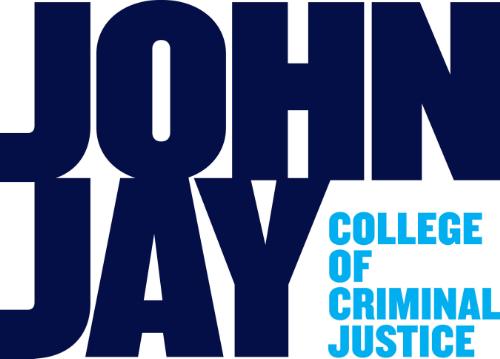
Date of Award
Spring 6-2018
Document Type
Thesis
Degree Name
Master of Arts (MA)
Department/Program
Forensic Psychology
Language
English
First Advisor or Mentor
Charles Stone
Second Reader
Sean Murphy
Third Advisor
Jennifer Dysart
Abstract
Rates of internalized false confessions has become increasingly salient through the use of DNA evidence in exonerating those who have been wrongfully convicted. False confessions also carry heavy legal consequences, and internalized false confessions (Appleby & Kassin, 2016; Kassin & Neumann, 1997; Kassin & Wrightsman, 1980), where the individual actually believes they committed a crime, may be especially damning (Kassin S., 2007). The presentation of false evidence has been found to be extremely influential in eliciting a false confession (Horselenberg, Merckelbach, & Josephs, 2003; Kassin & Kiechel, 1996; Nash & Wade, 2009), as well as imagery (Garry, Manning, Loftus, & Sherman, 1996; Garry & Wade, 2005; Nash, Wade, & Lindsay, 2009; Shaw & Porter, 2015), but they have not been directly compared in previous literature. This was an exploratory study replicating the gambling paradigm created by Nash and Wade (2008), aimed at examining and directly comparing the effects of different forms of false evidence (i.e., shown-doctored video footage, told-doctored video footage, shown-eyewitness, told-eyewitness) and imagery, and their rates in eliciting false confessions. Participants were accused of stealing money from the study and cheating during a gambling task, and rates of confession, internalization, and confabulation were analyzed through Fisher’s exact p – values.
Recommended Citation
McMillen, Kendall, "Imagination or Proof: The Use of Imagery and False Evidence in Eliciting Internalized False Confessions" (2018). CUNY Academic Works.
https://academicworks.cuny.edu/jj_etds/72

